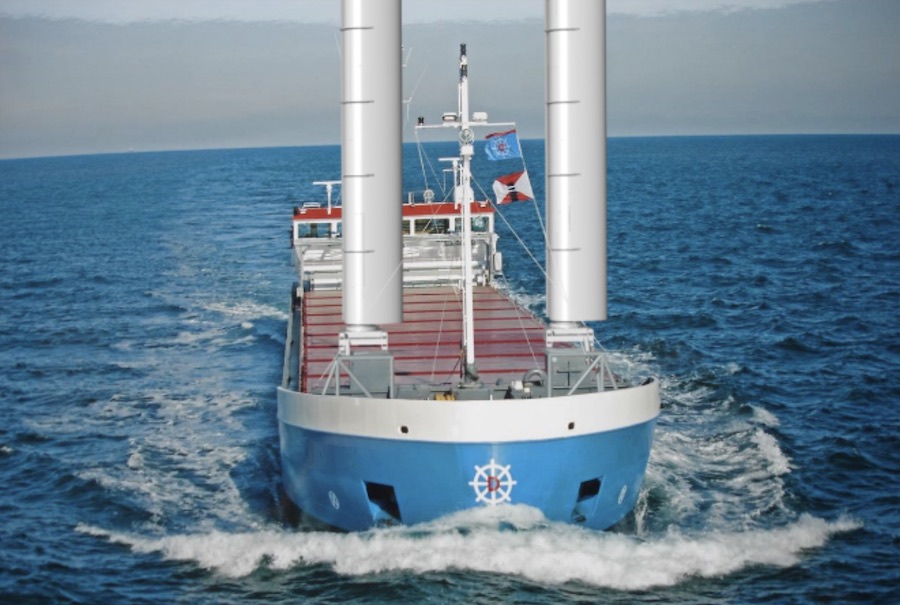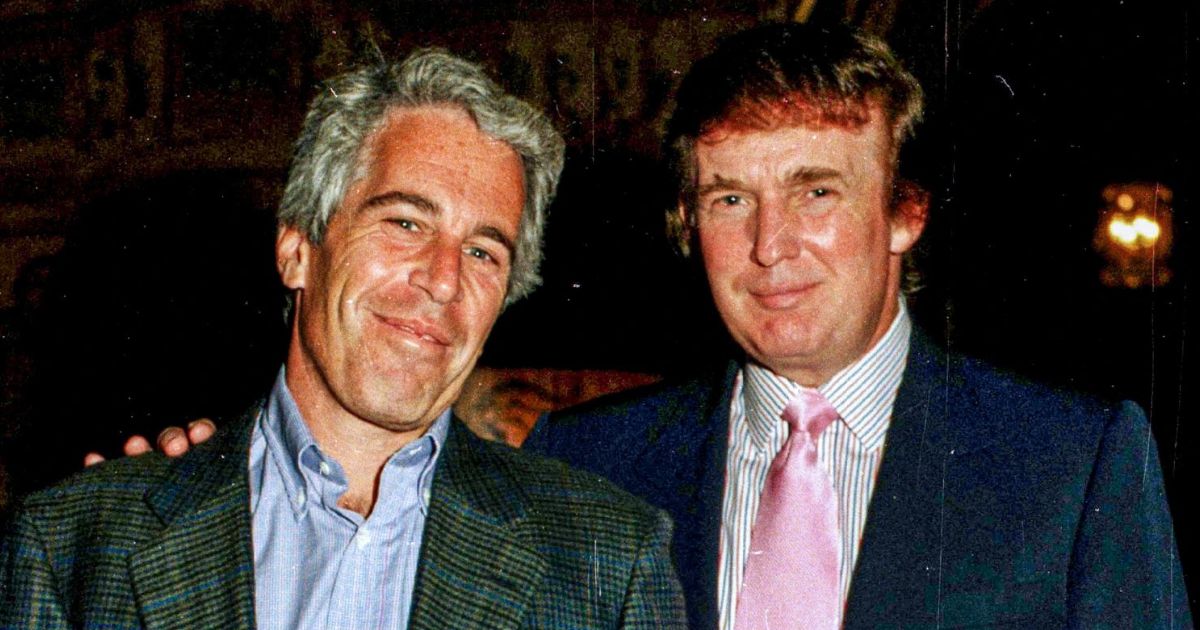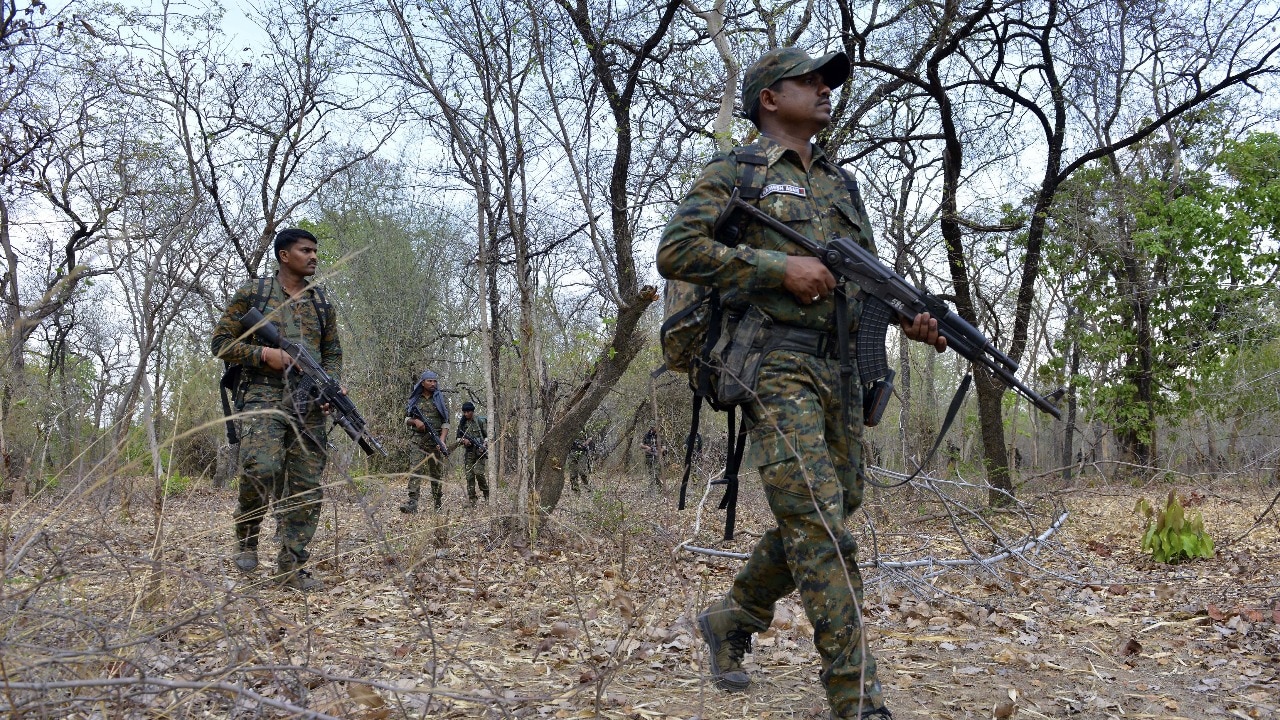By Sam Chambers
Copyright splash247

Japanese shipowner Nissen Kaiun has become a shareholder in Dutch wind tech pioneer Econowind.
Econowind has developed the VentoFoil, a wing-shaped wind-assist device. More than 130 units have been sold globally, with customers ranging from shortsea and deepsea operators across all market segments.
“We recognised that Econowind has a mature wind-assisted ship propulsion solution in the market,” a spokesperson for Nissen Kaiun said. “As one of the market leaders, Econowind delivers proven technology. Making shipping more sustainable is a top priority at Nissen Kaiun. We are currently looking into installing the large version of their innovative VentoFoils on our vessels.”
Daan Koornneef, CEO of Econowind, said: “The partnership with Nissen Kaiun will support the expansion of our VentoFoil product line, including larger units for deepsea shipping, and could also open the door to future production in Asia. Nissen Kaiun is the perfect partner with a large network in Japan and wider Asian markets. With them becoming a shareholder, we can expand our footprint and accelerate the development of larger units for the deepsea markets.”
Other Japanese shipowners have made significant investments in wind technology. Mitsui OSK Lines has been developing a hard sail over the past decade, while Kawasaki Kisen Kaisha is pursuing kite technology on a large scale.
Gavin Allwright, secretary-general of the International Windship Association (IWSA), told Splash that there has been a growth in interest from shipowners to be involved with technology development, and this is also growing in shipyards too.
“This also is an additional indication that our sector is preparing to scale quickly and we will have around 100 ships installed by the end of 2025, and with another 130+ installations and ships under construction, on order or publicly announced, a further doubling of installations by the end of next year is highly likely,” Allwright said.



